Master Balance: Perfect One-Leg Yoga Poses!
Yoga offers a wealth of poses that cater to different levels of skill and body awareness. Among these, one-leg yoga poses are especially beneficial for enhancing balance, focus, and overall body strength. These poses not only challenge your physical balance but also promote mental focus and inner calm. Whether you are a beginner or an experienced yogi, incorporating one-leg poses into your practice can significantly enhance your yoga journey. Let’s explore some of the most effective one-leg yoga poses and discover the benefits and tips to master them.
Understanding One-Leg Yoga Poses
One-leg yoga poses, also known as balancing poses, involve maintaining stability on one leg while positioning the rest of the body in various forms. These poses are crucial for building core strength, improving coordination, and increasing concentration. They are also instrumental in developing a deeper sense of body awareness and control.
The Foundation: Mountain Pose (Tadasana)
Before diving into more complex one-leg poses, it’s important to master the Mountain Pose. This foundational pose teaches you to stand firm and balanced on both feet, setting the stage for one-leg variations. Stand with your feet together, arms by your sides, and distribute your weight evenly across the soles of your feet. Engage your core and keep your spine tall and straight.
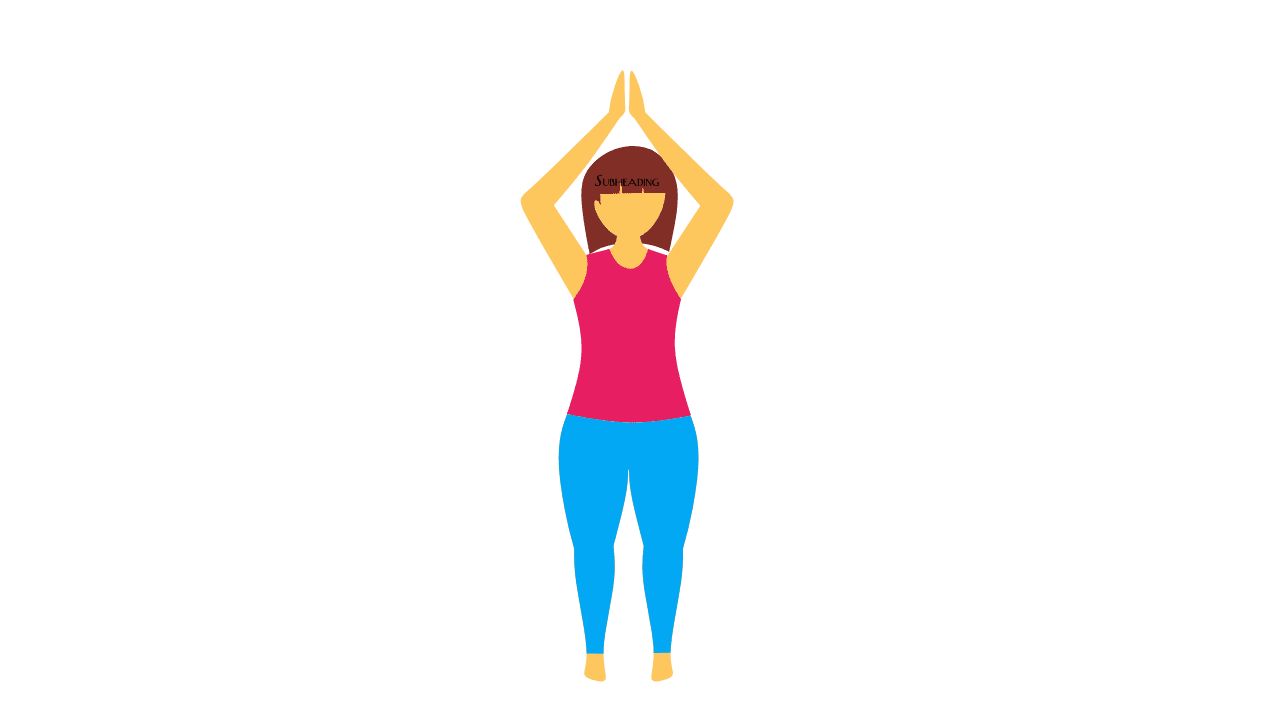
Starting with the Basics: Tree Pose (Vrikshasana)
Tree Pose is a great starting point for beginners. Stand on one leg, bring the other foot to your inner thigh, and balance. Place your hands in prayer position over your heart or reach them up to the sky. This pose enhances your balance and strengthens your thighs, calves, ankles, and spine.
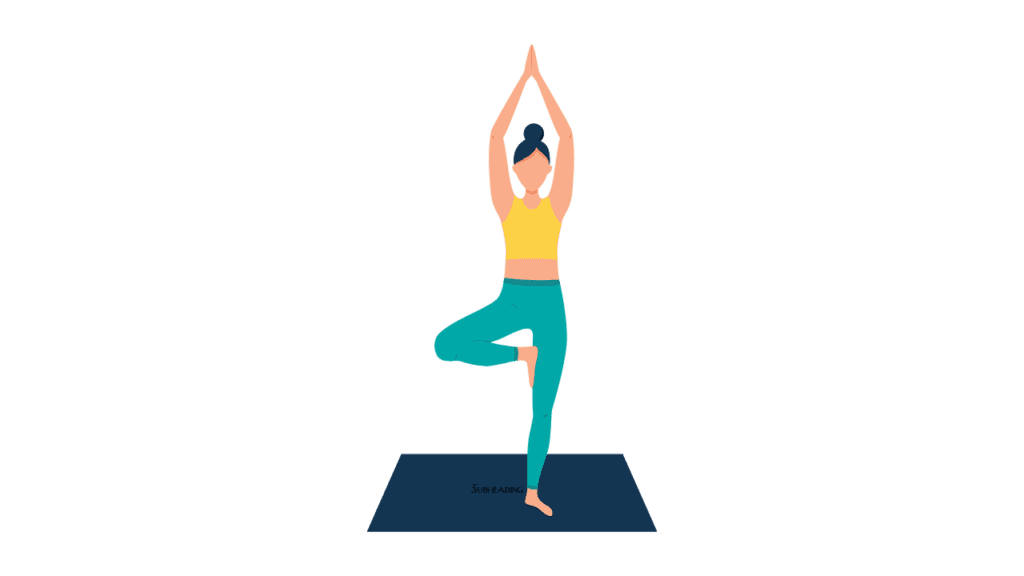
Enhancing Focus: Eagle Pose (Garudasana)
Eagle Pose not only challenges your balance but also tightens coordination and stretches the shoulders and upper back. Start by crossing one leg over the other and hook your foot behind the calf if possible. Cross your arms at the elbows and wrists, and hold the pose with focus.
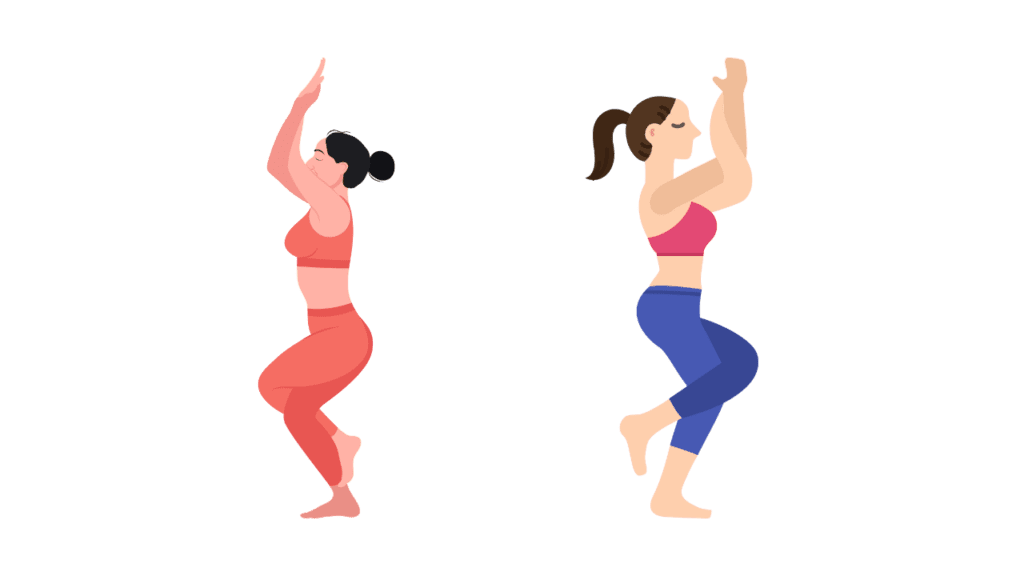
Building Strength: Warrior III (Virabhadrasana III)
Warrior III is a dynamic pose that builds strength throughout the body, especially in the legs and core. Lean forward into a T-shape, with one leg back and your arms extended forward, parallel to the floor. This pose is excellent for improving balance and muscle tone.
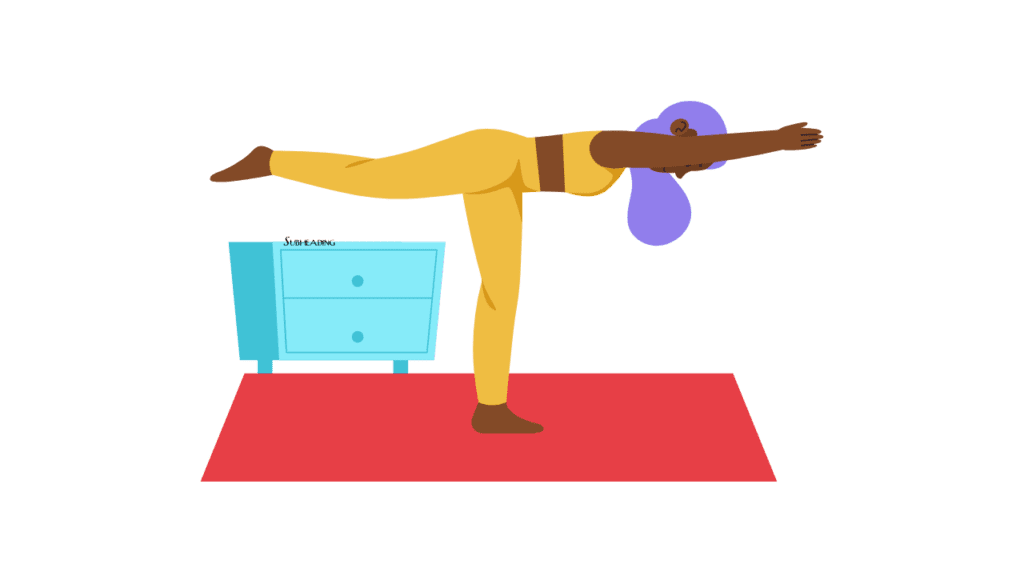
Increasing Stability: Half Moon Pose (Ardha Chandrasana)
Half Moon Pose challenges your balance and stability significantly. From a standing position, bend forward, lift one leg, and reach the opposite hand to the ground. The other arm should reach up, creating a line that extends from your raised hand through your raised foot.
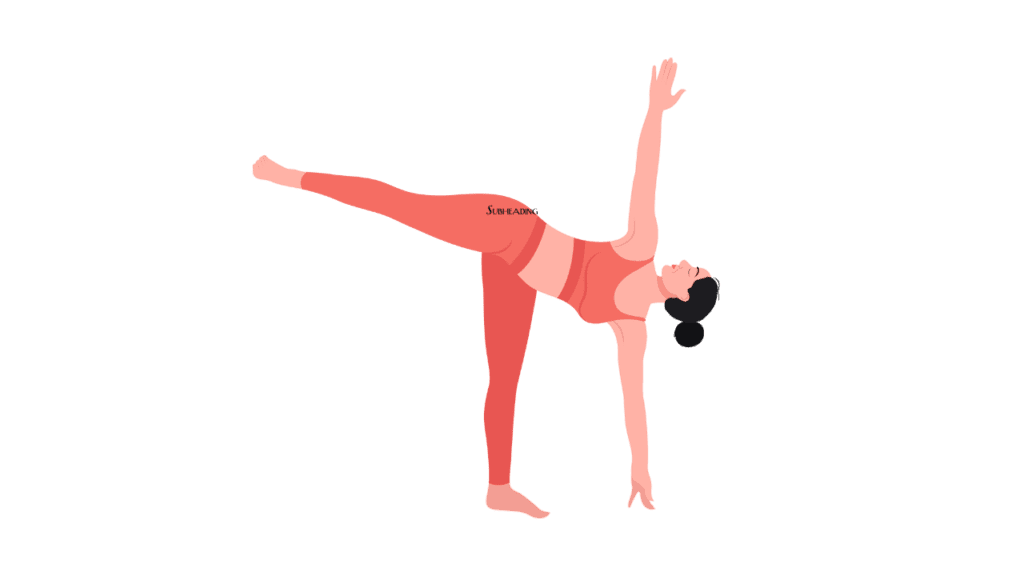
Core Engagement: Extended Hand-To-Big-Toe Pose
Extended Hand-To-Big-Toe Pose is excellent for deepening core engagement and improving the stability of the hips and ankles. Standing on one foot, use your hand to hold the opposite foot by the big toe, extending the leg either forward or to the side. This pose not only tests your balance but also activates the abdominal muscles, which are crucial for maintaining posture and alignment. For added intensity, try to keep your extended leg as straight as possible, which will engage the muscles more deeply and provide a more challenging stretch to the hamstrings.
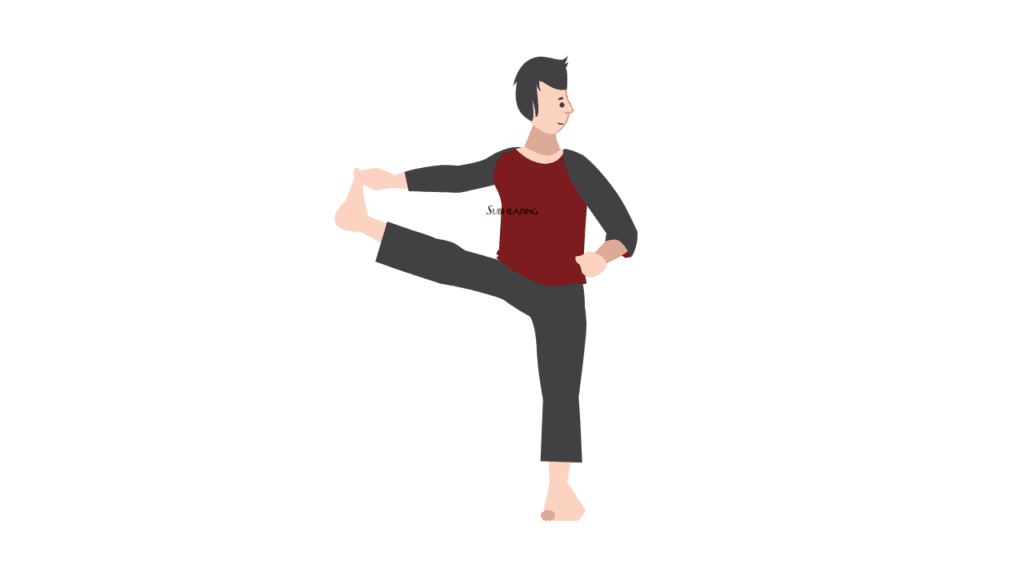
Advanced Balance: Standing Split (Urdhva Prasarita Eka Padasana)
In Standing Split, elevate one leg as high as you can, striving to keep it straight and active, which will increase the stretch and challenge your balance. This pose deeply stretches your hamstrings and calves while strengthening your thighs and knees. It also enhances core and lower back strength as you work to maintain stability. To deepen the pose, try reaching your hands to the ankle of the lifted leg, pulling yourself closer into a deeper forward fold, which increases the stretch and balance challenge.
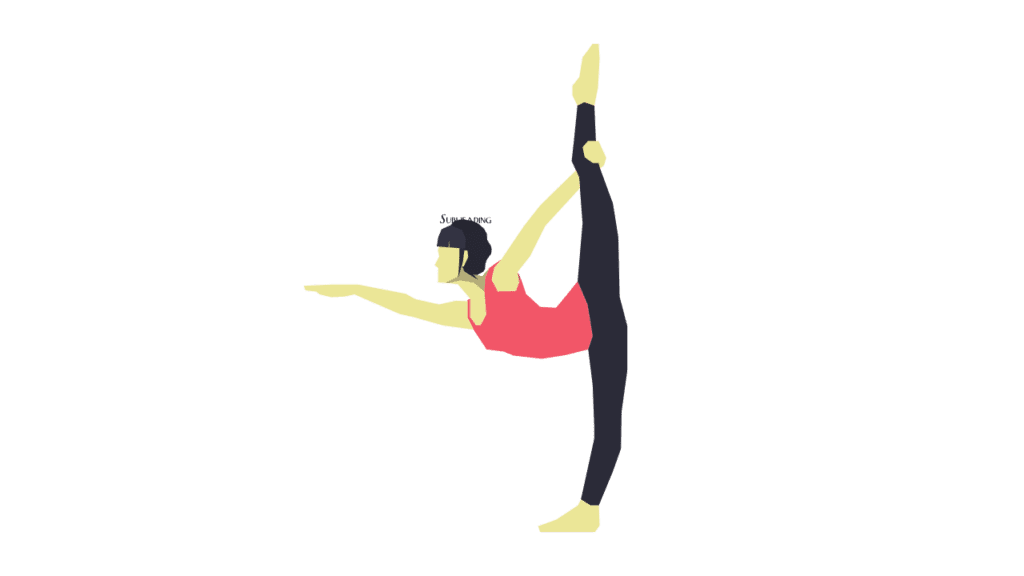
Flexibility and Control: Dancer’s Pose (Natarajasana)
Dancer’s Pose combines the challenges of balance, flexibility, and strength. By reaching one hand back to grasp the outside of your foot or ankle and extending the opposite arm forward, you create a dynamic tension that stretches the chest, shoulders, and thighs. This pose not only improves your overall balance and flexibility but also builds considerable strength in the supporting leg and core, helping to develop better control over your body movements.
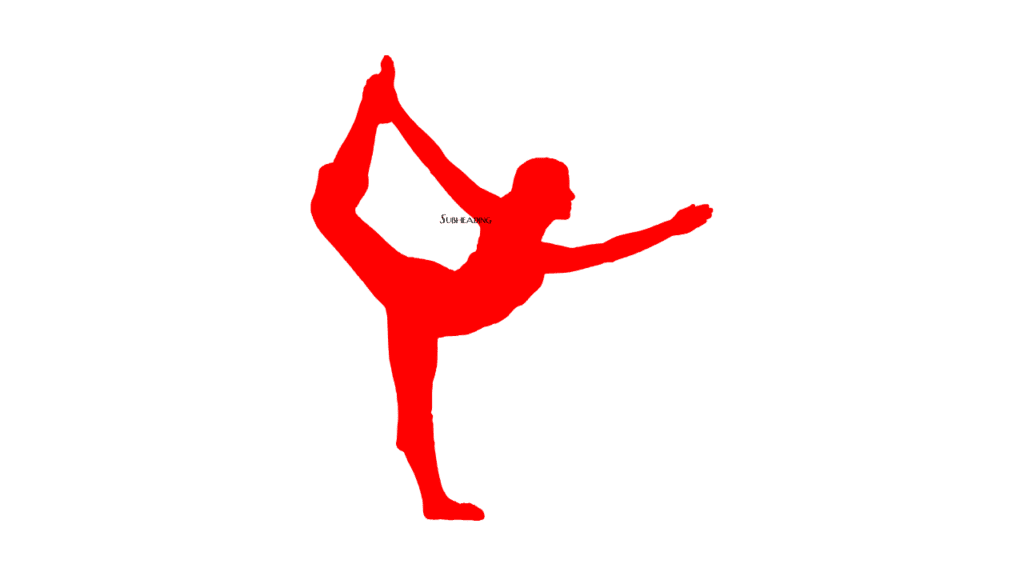
Therapeutic Benefits of One-Leg Yoga Poses
One-leg yoga poses offer numerous therapeutic benefits. They are particularly beneficial for those looking to enhance joint stability and neuromuscular coordination, which can help prevent falls and injuries. These poses also encourage proprioceptive awareness—the body’s ability to sense movement and position—which is essential for engaging in all physical activities. For those with attention deficit issues, the required concentration in these poses helps in fostering a greater sense of mental focus and calm.
Tips for Practicing One-Leg Yoga Poses
- Engage your core throughout the poses to maintain stability.
- Keep your gaze fixed on a non-moving point to help stay balanced.
- Breathe deeply and consistently to aid concentration and steadiness.
- Build up duration gradually; hold the pose longer as you gain strength and confidence.
- Celebrate small progresses—a little more balance, a bit higher lift—as these small victories lead to significant improvements over time.
Incorporating Props for Better Alignment
Props can be incredibly useful for ensuring proper alignment and safety in one-leg poses. A yoga strap can help hold up a lifted leg in poses like Extended Hand-To-Big-Toe if flexibility is a challenge. Yoga blocks placed under the hands in Standing Split can help those who can’t reach the floor maintain alignment without sacrificing form. Additionally, practicing near a wall can provide a safety net that allows for experimenting with deeper expressions of the pose.
One-Leg Poses for Kids and Beginners
Kids and beginners can find one-leg poses to be fun and engaging. Starting with simpler poses like the Tree Pose allows them to gain confidence and enjoy the playful aspect of yoga. Encourage them to imagine being strong, tall trees or powerful warriors to make the practice enjoyable and relatable. These poses help develop their coordination, focus, and sense of accomplishment as they notice improvements in their balance and control.
Common Mistakes to Avoid
Avoid locking the knee of your supporting leg, as this can lead to joint strain. Make sure to keep a micro-bend in the knee to maintain muscle engagement and protect the joint. Additionally, avoid hunching over or collapsing the chest—keep the spine long and the chest open to support better breathing and balance. Lastly, don’t rush the pose; take your time to enter and stabilize in each pose to prevent falls and ensure the maximum benefit.
Conclusion:
- Enhance Balance and Stability: Improves balance, coordination, and overall body stability.
- Strengthen Core and Legs: Strengthens the core and leg muscles, supporting joint health.
- Increase Focus and Mental Clarity: Enhances mental focus and reduces stress.
- Boost Flexibility: Increases flexibility in the legs, back, and shoulders.
- Therapeutic Benefits: Offers improved coordination and joint stability.
- Accessible for All Ages: Suitable and enjoyable for both kids and beginners.
- Use of Props for Safety: Props help maintain proper alignment and prevent injuries.
Regular practice of one-leg yoga poses can greatly benefit both your physical and mental health. Remember to be patient and consistent in your practice to see the best results.